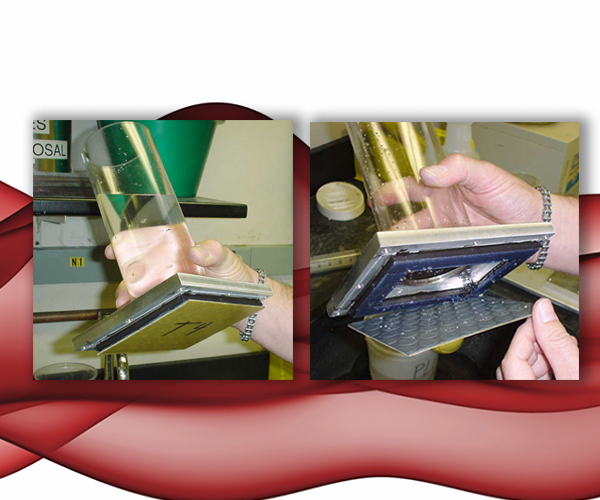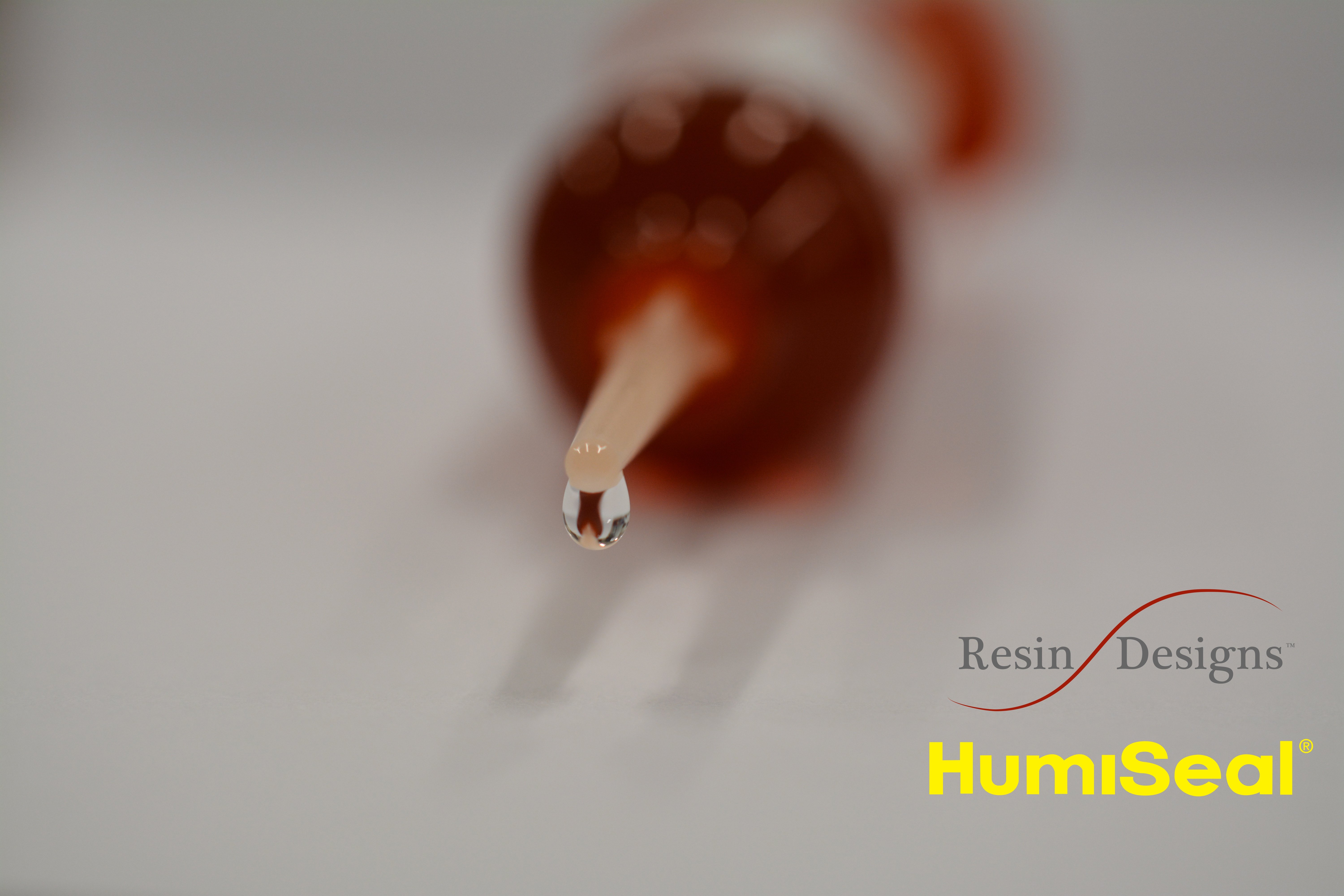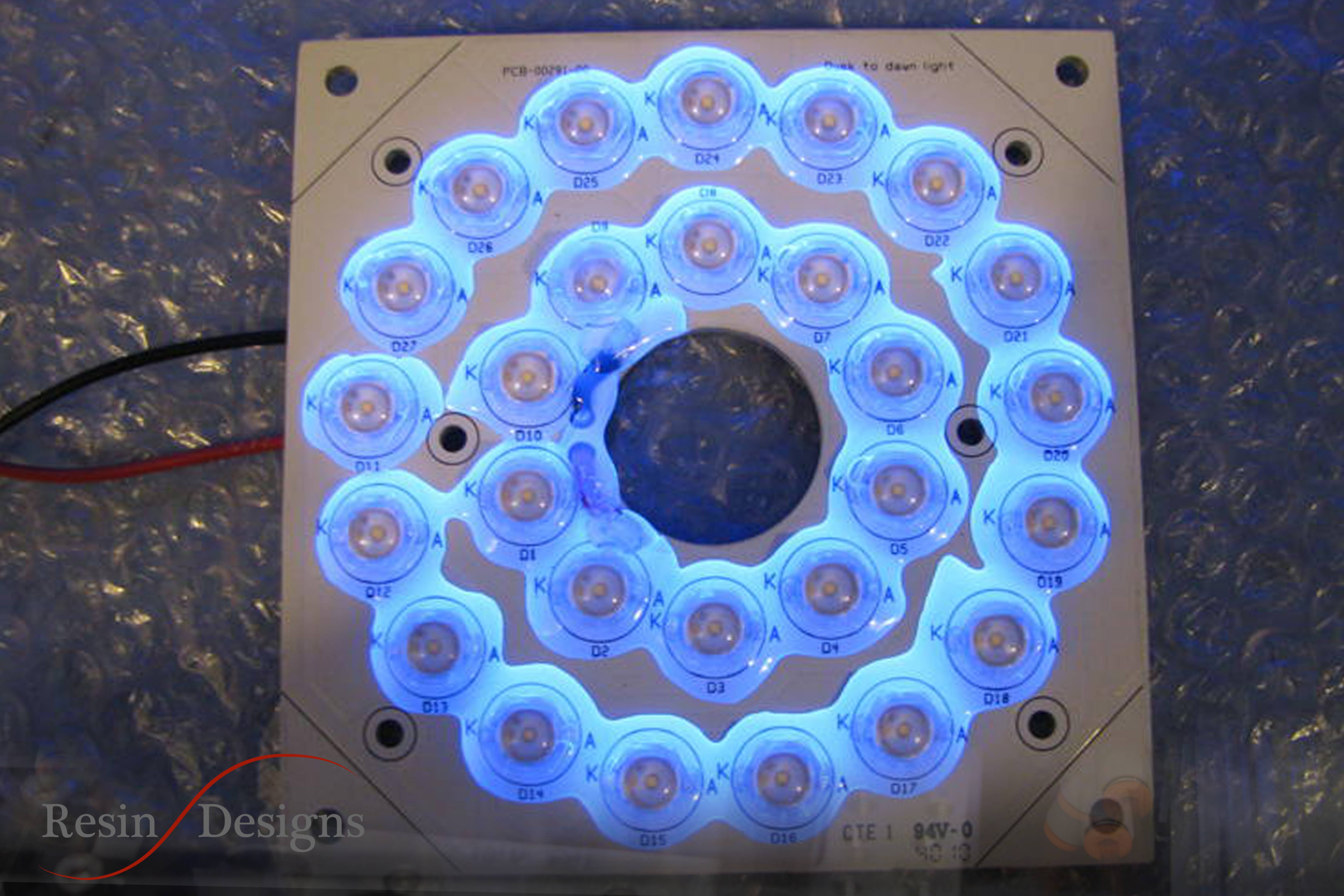Customers of Resin Designs, a manufacturer of advanced adhesives and sealants, frequently approach the company with the following questions:
-
Do you have a product that blocks water and other fluids from wicking down wires?
-
How about something that’ll stop liquids from getting into solder joints?
-
Can you help provide a seal for mated contacts that can be removed and repaired?





